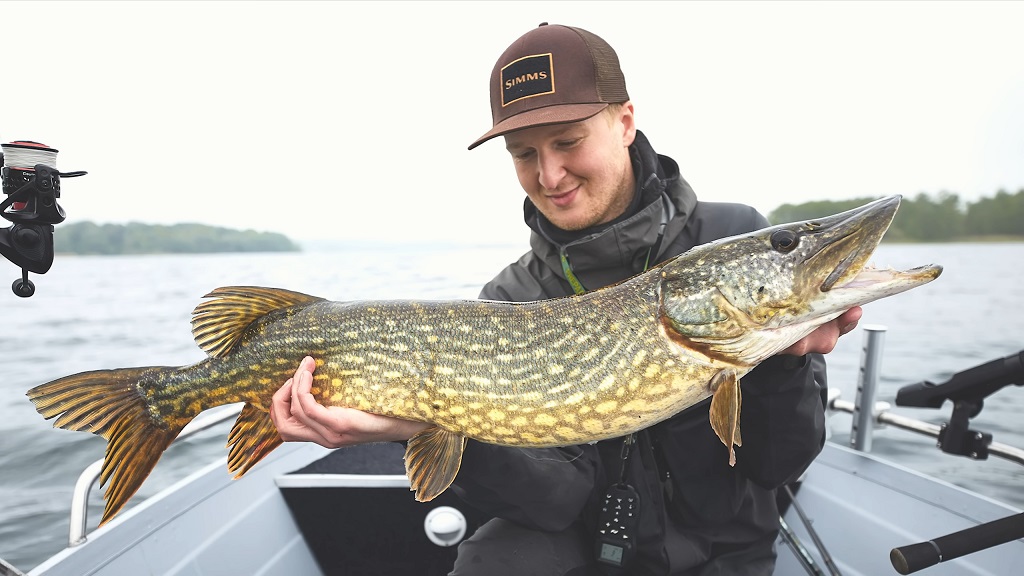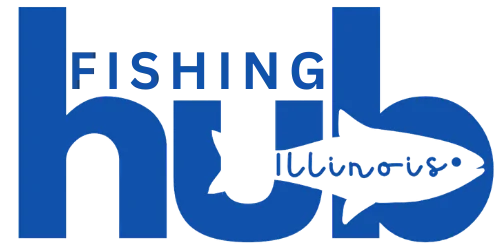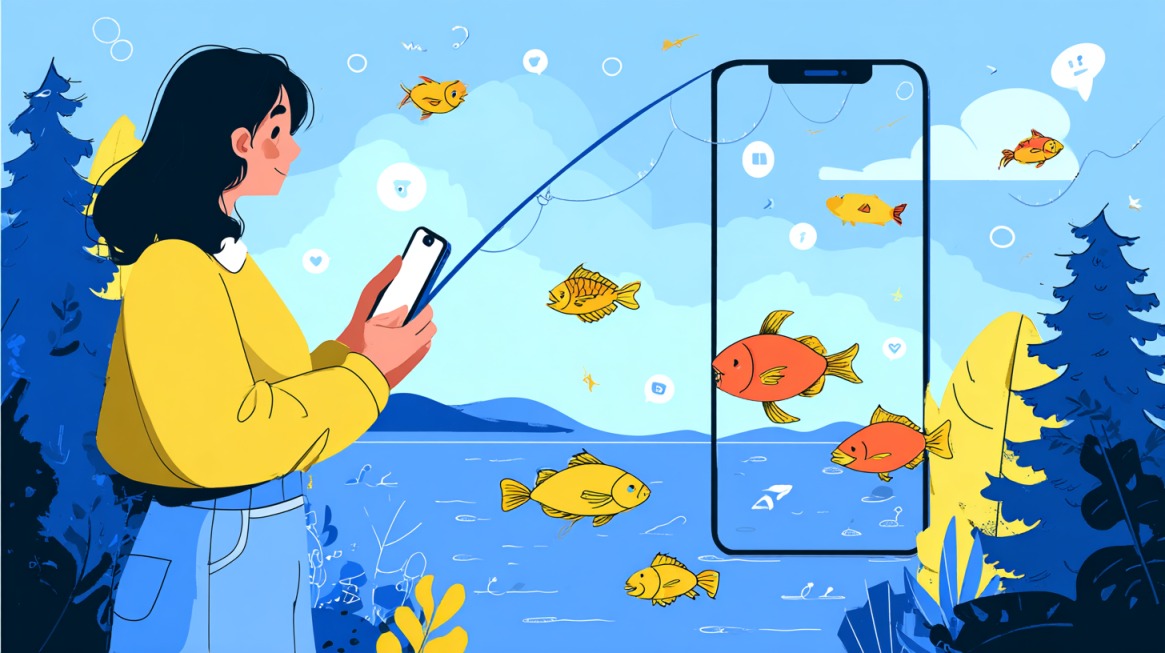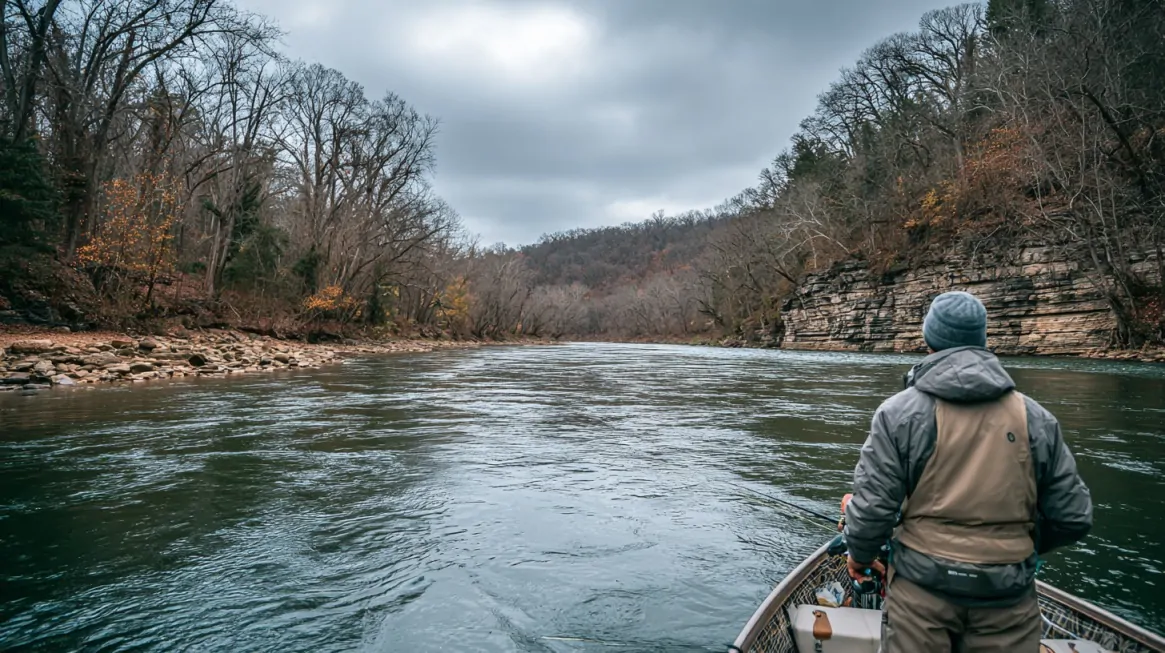
Share Post:
Catching a trophy fish is a moment worth remembering, but details can fade over time.
Keeping a record not only helps preserve those memories but also improves your skills by revealing patterns and insights.
With a clear system, you can easily track your catches, organize photos, and create lasting records that are both useful and meaningful.
Here’s how to make it simple and effective.
Why Keeping Track Matters
For years, I would go fishing, catch some amazing fish, and tell the stories to friends and family. But over time, I realized the details started to blur. How big was that salmon from three years ago? What bait was I using during my best bass haul?
Documenting those details has helped me turn my fishing memories into something vivid and lasting.
Beyond the sentimental value, tracking your catches can improve your skills. It allows you to notice patterns—like which bait works best for different conditions or where certain species tend to show up.
Having a record also brings clarity when planning future trips, saving you time and effort.
Building Your Fishing Log
A fishing log is the cornerstone of documenting your trophies. Don’t overthink it—you can start simple and refine it as you go. The key is consistency.
What to Include in Your Log

Here’s a breakdown of what I record after every fishing trip:
- Date and Time
- Early morning, mid-afternoon, or under the glow of moonlight—each time of day can offer unique insights.
- Location
- Not just the name of the spot, but specific details like GPS coordinates or landmarks.
- Weather Conditions
- Note the temperature, wind, cloud cover, and anything else that might affect the bite.
- Gear and Bait
- Which rod, reel, and line worked? Was it a crankbait, live bait, or something more specialized?
- Catch Details
- Size, weight, species, and any distinguishing features. Add a photo if possible to bring it to life.
Helpful Tips for Logging
- Keep it Handy: Use a notebook, app, or even voice notes on your phone to capture details while they’re fresh.
- Be Honest: No need to exaggerate. The log is for you, so accuracy beats embellishment.
The Art of Fishing Photography

A good photo turns a story into something tangible. While not every catch gets a photoshoot, the ones that matter deserve a bit of extra effort. Over the years, I’ve picked up a few tricks for snapping pictures that I actually want to share:
- Natural Light is Key
Early morning and late afternoon light add depth and softness. Avoid harsh midday sunlight if you can. - Angles That Impress
Hold your fish slightly forward to emphasize size while still keeping it realistic. Make sure you’re in the frame for a personal touch. - Background Choices Matter
A clutter-free, scenic backdrop makes the image pop. Whether it’s the lake, a boat, or a serene shoreline, keep it simple and natural. - Gentle Handling
Wet your hands or use a landing net to minimize harm to the fish. If it’s a catch-and-release, a quick photo is best.
Some of my favorite shots are of the fish I released. There’s something poetic about capturing the beauty of a fish in its moment of freedom.
Keeping Your Photos Organized

When I first started taking photos of my catches, I made the rookie mistake of leaving them in random folders across multiple devices instead of using some kind of photo books. It became a nightmare to find anything. Here’s how I’ve streamlined the process:
Folder Systems
- Yearly Organization: I create folders by year to keep things chronological.
- By Location: Subfolders for each fishing spot help narrow things down.
Descriptive File Names
Instead of leaving photos as generic file names, I label them with meaningful details:
- “2024_Trout_10lb_RockyCreek.jpg”
- “Spring2023_Bass_Catch.jpg”
This small effort saves a ton of time later.
Use Cloud Storage
Platforms like Google Photos or Dropbox let me access my photos from anywhere. Plus, I can tag images with keywords like species or size for easy searching.
Adding Personal Notes
The stories around the catch often matter just as much as the fish itself. That’s why I include a short narrative alongside each entry in my log.
Examples of What to Note
- Who Was There: Fishing with friends or family always adds an extra layer of meaning.
- Memorable Moments: The hilarious near-miss, the one that got away, or the weather turning unexpectedly.
- What Made It Special: Was it your first time catching that species? Or maybe it was the sheer size of the trophy?
Adding these personal touches keeps the record from feeling clinical. It becomes a living memory instead of just a list of numbers and dates.
Showcasing Your Trophies

Sometimes, a catch is so extraordinary it deserves more than a place in a log. I’ve found a few ways to highlight those truly special moments:
- Framed Photos with high-quality print in a nice frame turns a photo into art.
- Replica Mounts are becoming more popular as a sustainable alternative to traditional mounting.
- Shadow Boxes with combined lure, photo, and a few handwritten notes for a unique keepsake.
Your display doesn’t have to be grand. Even a small framed photo on your desk can bring back the thrill of that perfect day.
Learning From the Experience
Every fishing trip teaches us something new. By consistently recording details, patterns emerge:
When and where certain species bite best.
Which gear and bait work under specific conditions.
How weather influences success

Over time, these lessons become second nature, helping you adapt and improve with each outing.
Passing It On
Fishing is often a communal activity, and sharing your knowledge makes it even more rewarding.
I’ve started involving my kids in the process—they love helping me log catches and organize photos. It’s a way to connect with them and pass down the tradition.
Years from now, I hope my logs become something they treasure, a record of shared moments and lessons learned.
Wrapping It Up
Keeping track of your fishing trophies isn’t just about the fish—it’s about preserving memories and celebrating the joy of the sport. Whether you jot things down in a notebook, use an app, or create a photo archive, the effort is always worth it.
Fishing gives us moments that we want to hold onto forever. With a little planning and creativity, you can create a record that keeps those memories alive for years to come. So grab a pen, open your phone, or snap a photo—you’re creating a story worth telling.
Related Posts:
- Your Go-To Fishing Checklist: Gear, Safety, and More
- Fishing Vlog Tips - Capturing and Sharing Your Best Catches
- Optimal Fishing Times - When to Cast Your Line for…
- Where to Buy Illinois Fishing License - Easy…
- Catfish in Illinois - Species, Habitats, and Top…
- Night Fishing Tips and Tricks - Catching More After Sunset











